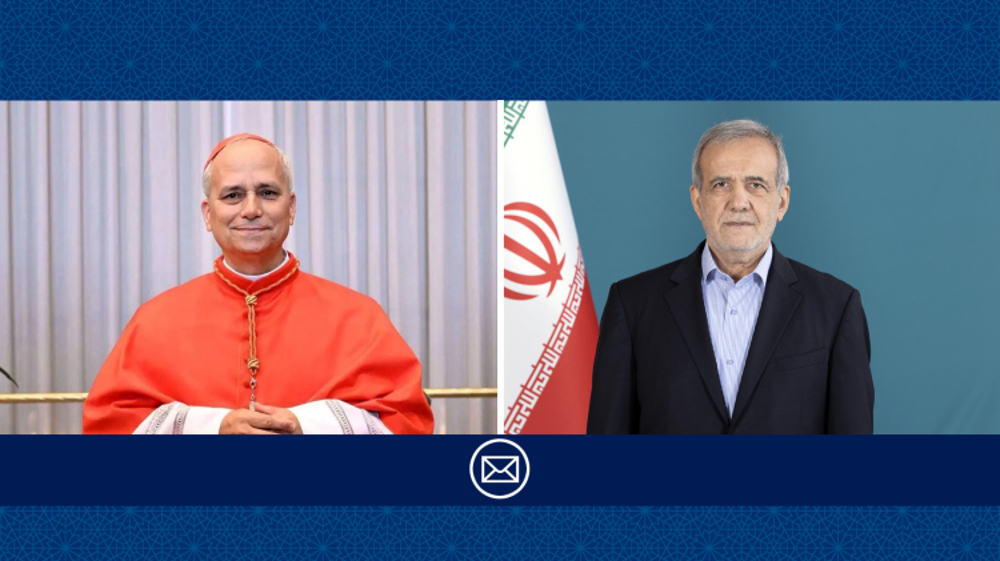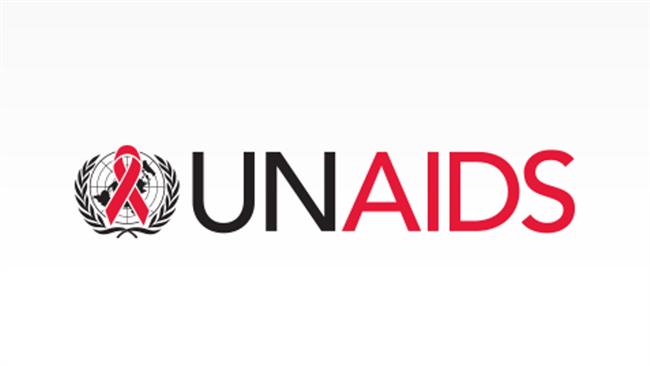UN sounding alarms about hazard of AIDS amid dwindling funding
Great strides in preventing AIDS deaths and new infections risk being halted, even reversed, if funding and focus continues to dwindle, the UN warned Wednesday.
Announcing the lowest annual death toll in two decades for 2017, and a record number of people on life-saving treatment, UNAIDS cautioned that a creeping "complacency" threatened these achievements.
"We are sounding the alarm," the agency's executive director Michel Sidibe said at the unveiling of a global status report in Paris ahead of next week's International AIDS Conference in Amsterdam.
"Entire regions are falling behind, the huge gains we made for children are not being sustained... resources are still not matching political commitments," he lamented.
The report showed the number of people living with the immune system-attacking virus grew from 36.3 million in 2016 to 36.9 million last year thanks to widening access to antiretroviral therapy (ART).
There were 1.8 million new HIV infections, down from 1.9 million in 2016 and 3.4 million at the peak of the epidemic in 1996.
The number of deaths dropped by 50,000 year-on-year to 940,000, compared to 1.9 million in 2005 when a mere 2.1 million infected people had access to life-lengthening ART.

Last year, the number on treatment jumped to a record 21.7 million -- three in five carriers of the virus, said UNAIDS.
This leaves 15.2 million people still without treatment.
"We are not moving at the pace we had set ourselves," Sidibe told journalists. "We wanted 30 million people on treatment by 2020."
But for this, money is needed. And the global effort is short about $7 billion (six billion euros) per year, according to UNAIDS.
In 2017, about $20.6 billion was available for AIDS programs in low- and middle-income countries which funded about 56 percent from their own budgets, said the report.
This was up eight percent from 2016.
However, there have been "no significant new commitments," the agency cautioned, "and as a result the one-year rise in resources is unlikely to continue."
"Without these resources, there is a big risk of the epidemic rebounding, of an increase in mortality due to AIDS," Sidibe told AFP.
Decades of research has yet to yield a cure or vaccine for the AIDS-causing virus which has infected almost 80 million people and killed 35.4 million since the epidemic burst onto the world stage in the early 1980s.
ART inhibits the virus and can limit its spread between people -- mainly through sex -- but does not kill it. It is a lifelong treatment that can be expensive and have nasty side-effects.
The UN goal is for 90 percent of HIV-positive people to know their status by 2020. Of these, at least 90 percent must receive ART, and the HIV virus be suppressed in 90 percent of those.
But UNAIDS warned the target may be at risk.
"New HIV infections are rising in around 50 countries," it said. "AIDS-related deaths are not falling fast enough, and flat resources are threatening success."
(Source: AFP)
VIDEO | Press TV's news headlines
Gaza faces severe reproductive health crisis amid Israeli genocide
VIDEO | Gaza endures crisis, Israeli violations ahead of Netanyahu-Trump meeting
Russia and US reject European ceasefire proposal
Houthi: Any Israeli presence in Somaliland will be military target
VIDEO | Qassem Soleimani assassination
VIDEO | Iran space achievements
Iran reports boom in electronic check use















 This makes it easy to access the Press TV website
This makes it easy to access the Press TV website